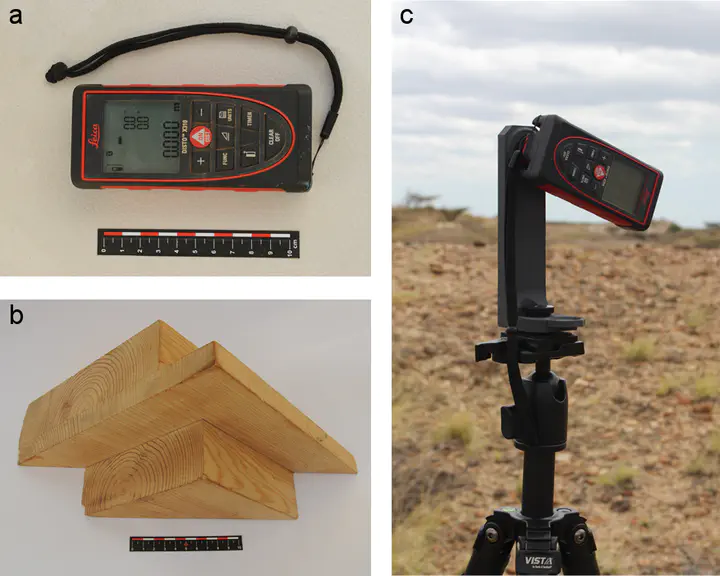The DistoX2: A Methodological Solution to Archaeological Mapping in Poorly Accessible Environments
 Image credit: Katarina Almeida-Warren
Image credit: Katarina Almeida-WarrenAbstract
Spatial information is crucial to archaeological field research. From the plane-table to the total station, recent technological advances have enabled data collection to become fully digital and highly accurate. Nevertheless, the recent expansion of archaeological expeditions to novel environments often incompatible with modern mapping equipment, e.g. tropical forests or ephemeral shorelines, calls for further methodological innovations. Such projects, as well as those under logistic or financial limitations, are still largely reliant on more time consuming, less accurate, traditional approaches, e.g. offset or tape and compass methods. The DistoX2 is a digital, highly portable, and versatile hand-held instrument originally developed for speleological surveys where total stations and DGPSs are not feasible. However, the potential of the DistoX2 system as a spatial mapping tool in above-ground contexts has been surprisingly overlooked. Here, we present a first assessment of the applicability of the DistoX2 for archaeological mapping in non-speleological environments. We investigate precision and accuracy in controlled above-ground settings relative to two common methods of data collection – total station, and tape and compass. We test the relative precision of the DistoX2 when mounted on a tripod or operated in hand-held mode and discuss its applicability, and potential combined used, in the context of other increasingly popular methods – GNSS and SfM photogrammetry. With a mean error of ≈ 5.00 cm for horizontal readings and ≈ 2.00 cm for vertical readings, the DistoX2 is considerably more accurate than the tape and compass method (µ ≈ 67.00 cm horizontal; µ ≈ 3.00 cm vertical). While the DistoX2 exceeds the error thresholds of projects that require high spatial sensitivity (e.g. Palaeolithic excavations), it provides a reliable, low-cost and more accurate alternative to many projects that resort to more traditional methods. This fills an existent methodological and financial gap amongst the growing diversity of archaeological expeditions.